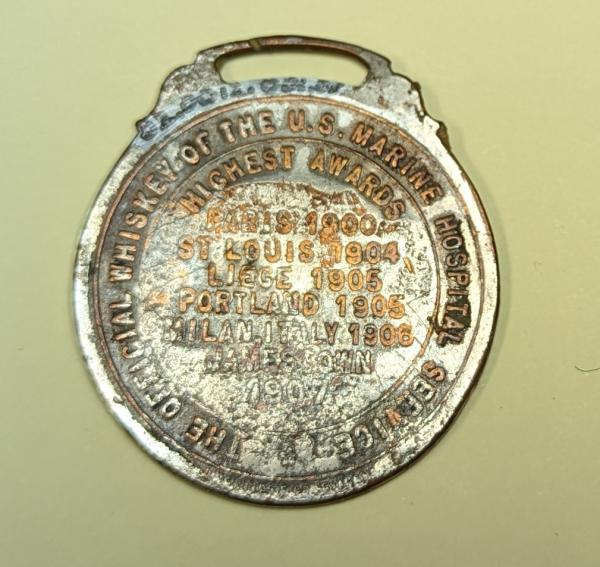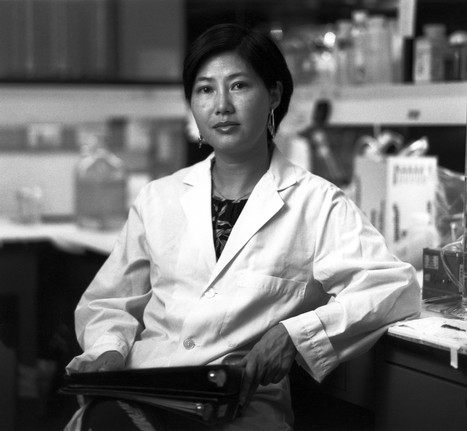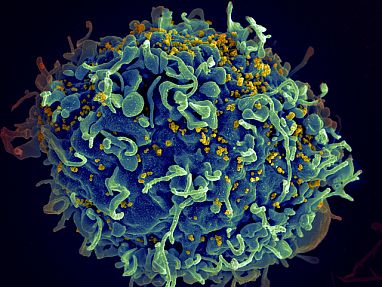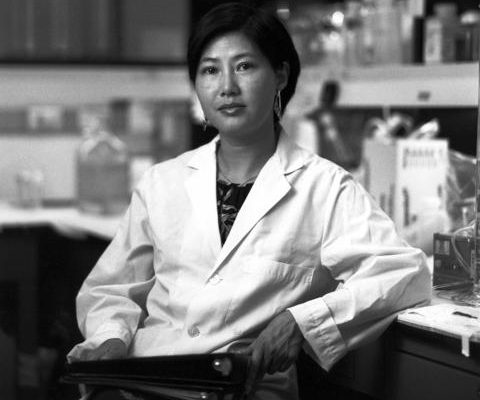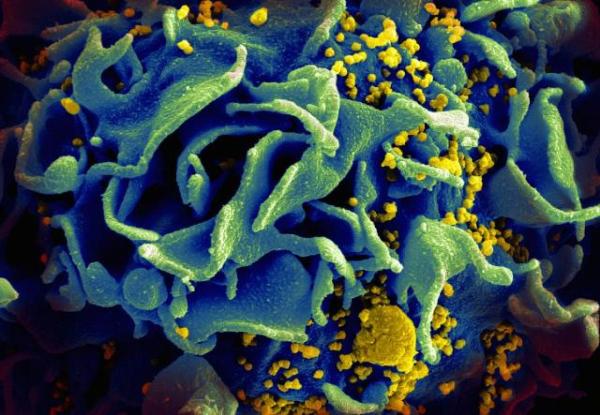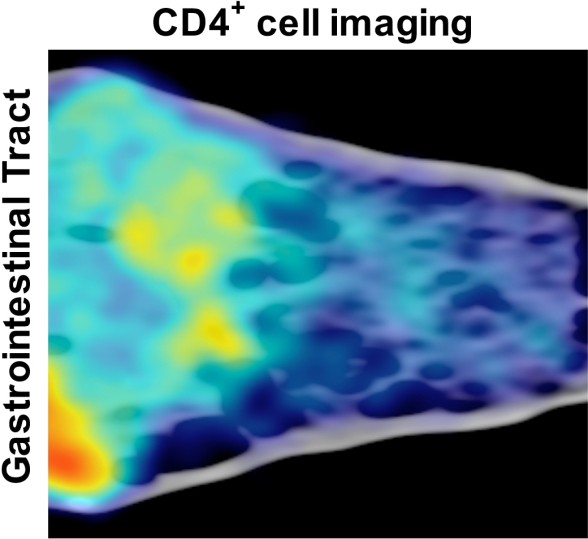A History of NIH in 12 Objects
Lecture Explains Trinkets’ Links to Important Milestones
The history of NIH and its precursor institution, the Hygienic Laboratory, stretches back nearly 140 years — way longer than any human being has ever lived. Even when those who have witnessed history are still around, the fading of memories threatens to erase our knowledge of the past. Fortunately, with proper storage and care, objects like those in the collections of the Office of NIH History and Stetten Museum can last hundreds of years, providing enduring reminders of important historical milestones.
On December 11, Stetten Museum curator Michele Lyons used a dozen such objects to describe the evolution of NIH from its origins to the modern day. Her presentation touched on topics ranging from NIH’s founding in New York to its key role in creating national standards for heart valve replacement surgery to the American AIDS crisis of the 1980s and 1990s.

